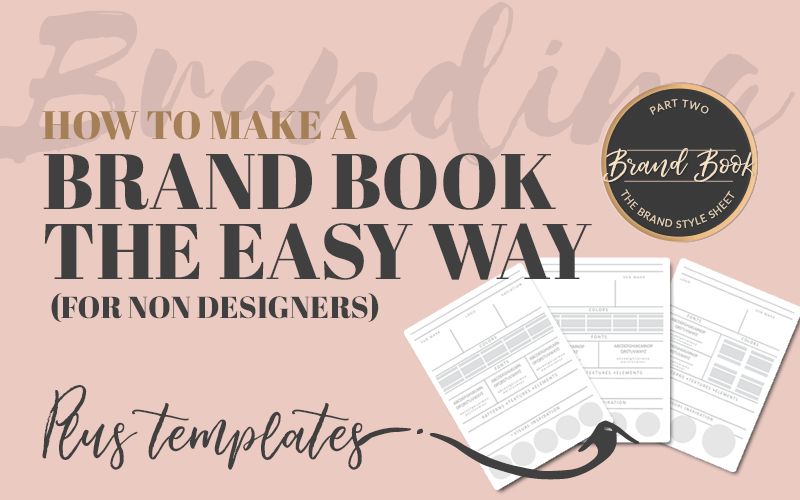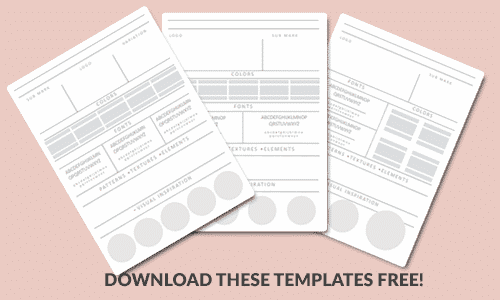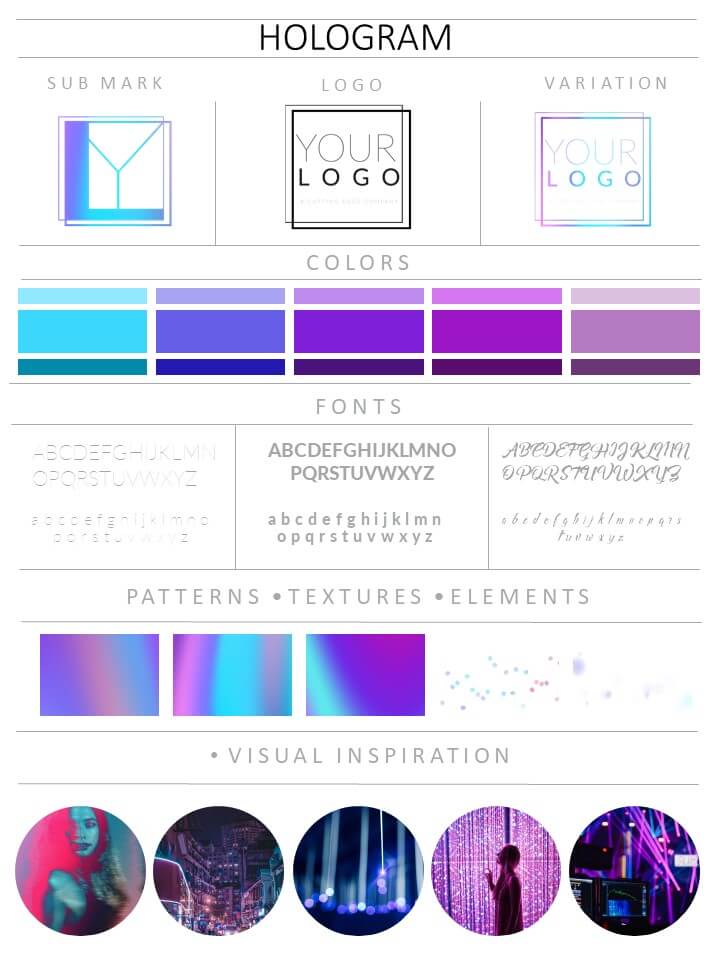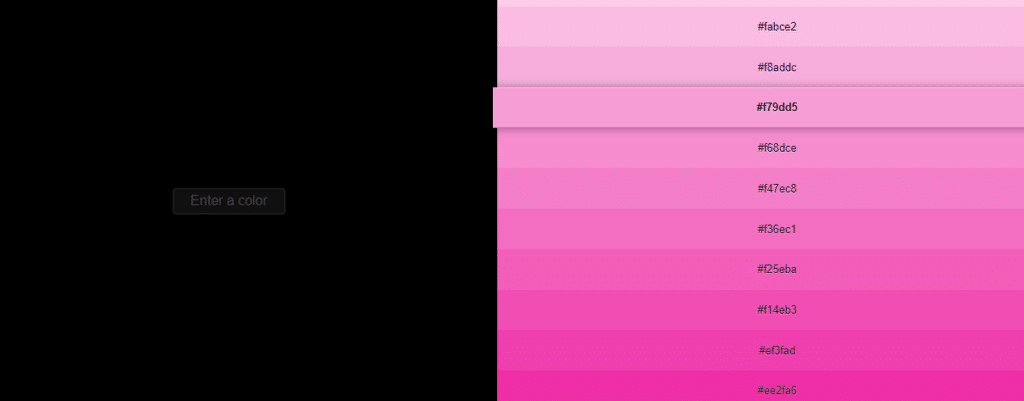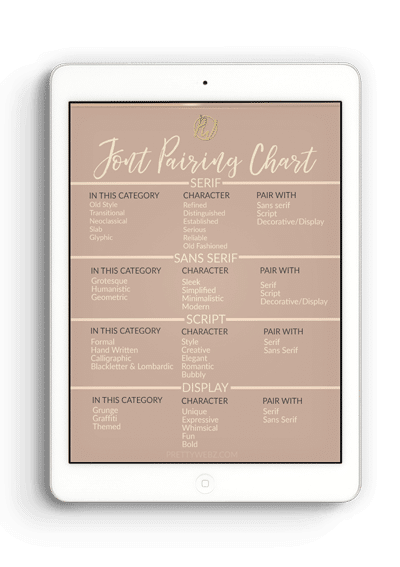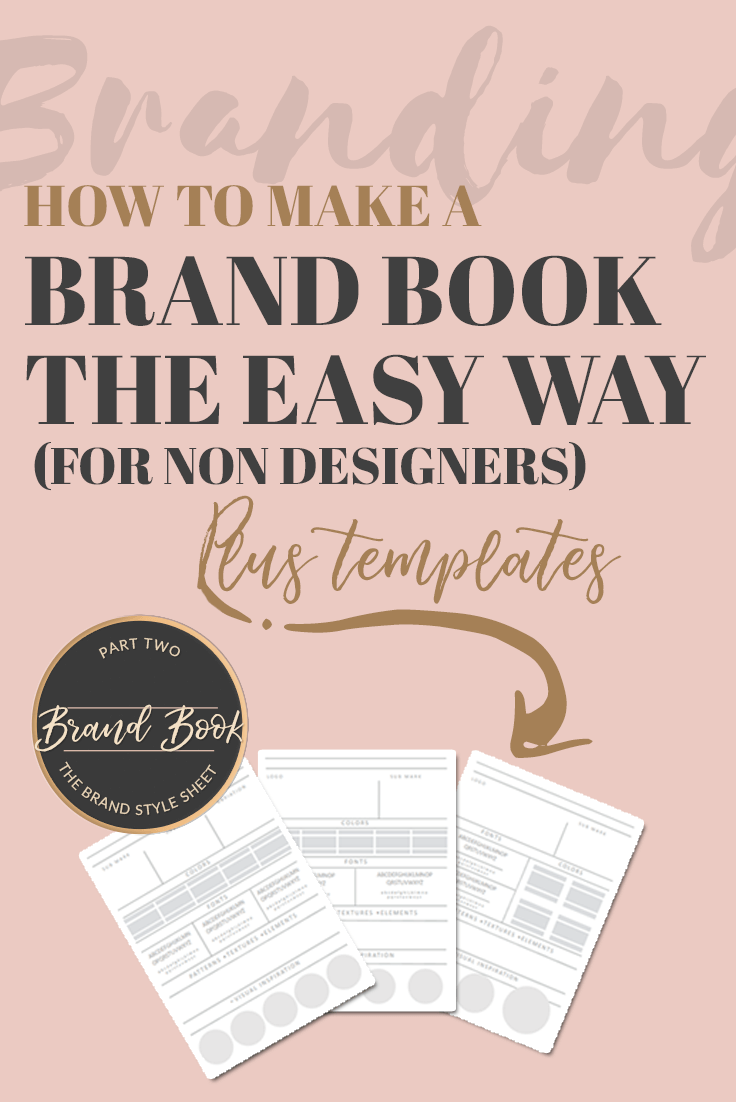How To Make a Brand Book The Easy Way
Creating a Brand Book
A brand book consists of two parts, the visuals and the content of a brand. When you define your brand identity, there are two essential halves. On their own, they are useful but not impactful. In the first part of this two-part series on mood boards and style guides we talked about mood boards and used mood boards as a simple way of creating a company personality.
Creating a content style guide can get unnecessarily complicated, a mood board keeps the process fun and engaging. If you haven’t already, I suggest you read the first part of creating the brand book, on how to create a mood board.
In this second part, we’ll be putting together the visuals using a visual brand board in much the same way we did the mood board. The goal here is to make branding simple without losing the impact you get from understanding both sides of a brand identity.
When you bring a brand board and your mood board together to create a brand book you mainly have a detailed description of your company visual style as well as your content style. Essentially, you will have built a whole brand strategy without the complicated back, and forth that comes with other methods of creating brand identities.
Voice + Visuals = a brand message strategy
The Two Parts of a Brand Book
A brand book consists of two parts, your brand’s voice, and your brand’s visuals. Together, your voice and visuals define your personality.
In another post, we talked all about mood boards. How to make moodboard templates and how to use them to define brand personality and mood. Creating mood boards for personas and other brand attributes is the first half of a full brand book. I suggest you make a mood board for your personas, company vision and defining your company culture along with anything else that is difficult to put into words.
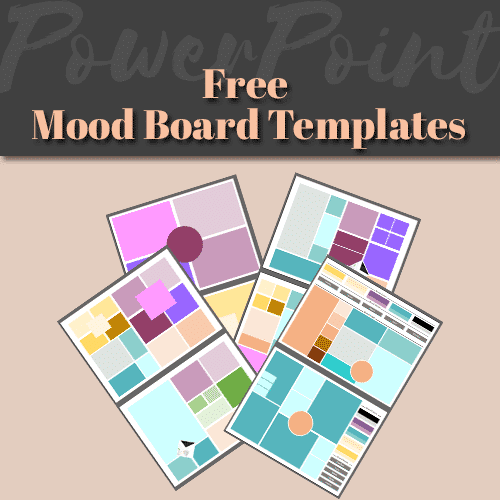
In this post, we are going to focus specifically on creating a brand style sheet. The brand style sheet is not about the overall branding of your business. This guide is dedicated to brand visuals and putting together the strategic look of your brand rather than the mood and personality.
If you’ve already gone through the discovery process (creating your mood boards) creating a brand style sheet is almost a no-brainer because you will have most of what you need already.
What is a Brand Book
A brand book is physical documentation of your brand identity. You need a brand book to articulate who you are to employees, designers, freelance writers you use to create content for your brand, consultants, etc.
A brand book will encompass all the details about your brand from aesthetics to personality. It can be a couple of pages or quite literally as thick as a book. If you look at the brand books of companies like Apple and other large franchised corporation you’ll see that these things can get quite extensive.
For a new startup, online shops and freelancers you don’t need anything too complicated. You still need to understand and have the ability to communicate who you are as a brand but keep it simple and build more into it when it’s needed.
To take a look at a sample brand book, this one is nice to look at and it’s entertaining at the same time.
Where to Use Your Brand Book
Branding of Your Website
It’s a common misconception that website branding is all about colors, that’s not the case. In fact, website branding includes written content, words and a whole host of other things that add to your voice. A few examples include your blog and what you say to the world on the blog. Your categories, which are a guide to your site, your written content, and of course, your imagery.
Your web designer can build an aesthetically pleasing website, but she can’t create your voice. It’s up to you to be clear on what that is. Creating a brand book will help you keep this in focus.
Social Media and Other Places Online
Besides your website, I’m sure you have a presence on sites like YouTube and Twitter. Like most companies, you probably run ads on Google and Facebook as well.
Social media, as well as promotions and advertising, are all areas where your brand has to stay consistent away from your website and your offline presence. Your logo, logo variations, colors, imagery, typography all have to remain intact no matter where you are online.
It’s easy to lose sight of branding when multiple people are sharing content for your business on a platform that is not your own. On the whole, everything has to tie into your brand visuals, style, mood, and personality.
Hopefully, when we created mood boards a couple of weeks ago your words, mood, style, and personality all became very apparent to you. Having this will help you stay consistent in your social media and promotional branding as well.
Off-line Presence
Your off-line presence includes things like business cards, stationery, flyers, postcards, thank you notes, signage and the like. These are what we tend to look at as traditional marketing materials, but they are only a portion of your brand. All of these things are identifiable pieces that represent your brand.
In other words, no matter what kind of physical swag you decide to create to brand your business, it has to stay consistent.
Side Note: Offline presence also includes storefronts, layout and things of that nature. Brands that have multiple locations, franchises and the like will use these. We’re going to keep it simple and focus on small startup brands here.
Creating a Brand Style Sheet
Once you have gone through the process of creating a mood board or several mood boards for your business, you will be able to put together a brand board reasonably easily. By exploring your brand personality through colors, typography, mood, attitude, and imagery, you will soon begin to see a clear distinction in what it is you want to represent as a business. You will discover the underlying “why“ you exist.
All of this is extremely important in the process of creating a brand style sheet and a brand book. The brand style sheet is merely a physical and tangible manifestation of an abstract view of your business. This document is where you put the feeling of your business into colors, words, imagery, patterns, textures, typography that will represent something that is intangible and indescribable through words alone.
Simple style sheet using Hologram web elements from my shop.
What Goes on a Brand Style Sheet
Of course, the brand style sheet consists of colors and all of your logo variations. You will also document the fonts that you will use. Any patterns, textures, and imagery that will be used consistently throughout all of your branding and promotions, social media, website and offline present will also be incorporated here. Some companies add their brand words, inspiring imagery, and other information as well. A brand style sheet can get very complicated if you decide to make it that way. The point here is that the stylesheet can include anything you want that explains your brand.
Here are a few of the most common elements of a brand style sheet. I’ve also created a PowerPoint document with three brand style sheet templates you can use to put this together. The brand style sheet in combination with your mood boards can serve as a simple brand book you can refer back to or distribute whenever needed.
Your Logo, Variation, and Mark
The logo this is an essential part of your branding because this mark represents your company to the world in a visual way. A logo can take the form of a simple mark, a text logo with embellishments or a simple font.
A logo can get extraordinarily complicated and include a lot of graphical symbolism, negative space or it can merely be a functional way of representing and stating who you are as in simple text logos. The type of logo you want is entirely up to you.
However, you should have a primary logo at the very least and a sub-mark if your company name is long or if you use a tagline with your logo. Having a sub-mark or a simple variation of your logo will ensure your company logo fits all the different formats in which it will be used.
Choosing Colors for Your Brand Style Sheet
Even after you’ve chosen the primary colors of your brand, you’ll still need variations on these colors for different circumstances. I suggest you go to a website called 0 to 255. On this website, you can choose colors that are a few shades lighter and a few shades darker than the primary colors. Colors that represent your brand well and add them to the brand board.
Your primary colors will not always suit specific images that you use, and it’s helpful to have variations, but it’s also imperative not to stray too far from your brand colors. As long as you stay within variations of a specific shade of your color, you should be fine
Choosing Fonts for Your Brand Style Sheet
Fonts and typography have a mood and style of their own. I suggest you study the attitudes and styles of typography to find the right fit for your brand. You can check out a post I did regarding this subject here but keep your typography’s mood in mind.
Understand the principles of font pairing so that the one two or three different fonts you choose to represent your brand will all flow well and work well together. You can also check out this post on font pairing which includes a downloadable font pairing table for you to make sure you get this right and that you represent your brand in the best possible way.
Choosing Patterns & Textures
The textures and patterns you use for your branding bring a similar idea of mood as do color, typography and the other elements of your brand style sheet to your overall brand book. Just as concrete brings with it a rough urban feel, Rich woods and marble say something is upscale. Gold and silks are even more luxurious within a certain context.
Patterns
Geometrics are different than florals but once brought together can create their personality. Think about the textures and the patterns you want to bring to your brand. What mood do you want to convey? Do you want it to be luxury, hometown, country, minimal, industrial, feminine masculine, sweet, sexy, or a mixture of any of these?
Textures
Textures just as fonts and colors add to the personality of your brand. All of these attitudes, when mixed in your unique brand recipe, will convey different messages. Combining two or more contrasting textures can give you a whole other dimension to your personality.
Take a look at what you put on your mood board. What stands out to you? What grabs your attention? If you’re not feeling anything on the mood board, then it’s time to go back to the mood boards and reevaluate. Put some new things on it. Rearrange things and play a little bit more until you get to the point that speaks to you.
You can also create different brand boards. Put things together in different ways. It’s important for you to put together a style guide that other people can read and use as a guide for what constitutes your brand.
A brand style sheet is not something you hand over to your designer. As noted before, it also serves as a guide for your employees, for your social media managers, marketing people and for your customers and those customers you most want to attract with your branding.
What’s Next?
Check out some of my more granular branding topics like choosing your color palette and fonts. If you want to learn more about font pairing and typography resources, I have some great articles for that as well.
I’ve created some PowerPoint files with mood board and brand style sheet templates to help you out with your branding efforts. I know you will find them helpful. They’re easy to use, and you can add pictures and elements with a simple click. This ease of use will help keep you focused and moving forward.
As always, I would love it if you subscribed to the shop newsletter. Subscribing is the best way to get exclusive discounts in our shop plus you get direct links to all of the free downloads on the blog and in the shop in a convenient clickable pdf every single month.
If you liked this post, pin this image!

